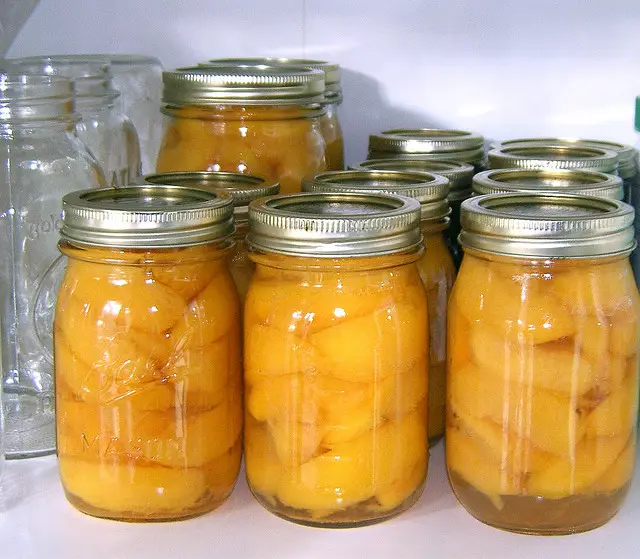 Depending on which source you reference, as many as seven million Americans supposedly starved during the Great Depression. That number may be on the high side, but hard times are coming if the current global economic troubles cannot be contained and eventually engulf the entire international monetary system — which makes food an alternative investment worth considering.
Depending on which source you reference, as many as seven million Americans supposedly starved during the Great Depression. That number may be on the high side, but hard times are coming if the current global economic troubles cannot be contained and eventually engulf the entire international monetary system — which makes food an alternative investment worth considering.
This is especially true when you consider the effects of inflation. After all, if the price of food goes up 10% during the year, any extra food you buy over and above your immediate needs represents a pretty good return on investment. And if supply chains become temporarily disrupted, you can bet your return on investment will be at least one order of magnitude greater, if not multiples.
As long as you rotate your stocks and keep your food properly stored, it’s almost impossible to lose any money on your investment. It also acts as insurance against temporary disruptions in the food supply chain.
So what kind of foods should you consider? Here is a very brief summary:
Dry goods. Items like rice, dried beans, and freeze-dried foods tend to have a very long shelf life — 20 years or more, when properly stored. I have a large cache of freeze-dried food. I also keep dry rice and dried beans stored in five-gallon buckets. Parboiled rice is even better because the heat treatment of par boiling not only provides a quality improvement in the rice, it also kills the insect eggs that may be hiding in regular rice. Parboiled rice also requires less energy to prepare because it’s already partially cooked. You can buy 25-pound bags of parboiled rice at places like Costco and Sam’s Club for around $20.
Canned food. The important thing to remember here is that, when properly stored in a cool dry place, canned goods almost always remain edible for at least a few years beyond the “use by” dates on the label. In fact, most canned goods will last far longer than that. The items with the shorter shelf lives are typically those that are acidic in nature. This is because, over time, the acid causes the cans to corrode. Examples of acidic foods are pineapple and tomato sauce.
Frozen food. Assuming the power grid stays up, frozen food lasts for up to two when properly packaged. As a rule of thumb, leaner meats typically have longer freezer life than fattier ones. That’s because the fat will eventually go rancid. Be sure to double-wrap your items extremely tight and then place them in a freezer bag for maximum storage life. You can add even more time by vacuum sealing the outer freezer bag.
Pet food. If you have dogs or cats, don’t forget an extra bag — or two — of kibble for them. We always keep two extra 40 lb. bags of dog food on hand for our 120-lb Rhodesian Ridgeback. Don’t go overboard, though. Most pet food contains fat, which causes it to eventually go rancid. So make sure you rotate your pet food stores regularly and consume them within six months of purchase.
For more detailed info on food as an alternative investment, including how to save money building your stores, please see my cost-comparison article on emergency food supplies.
Photo Credit: Stevie Rocco

Love this idea! Talk about way to earn a guaranteed 10% or more on an investment. At least that’s one benefit to climbing food bills.
Thanks, Nicole. It really is a no-brainer.